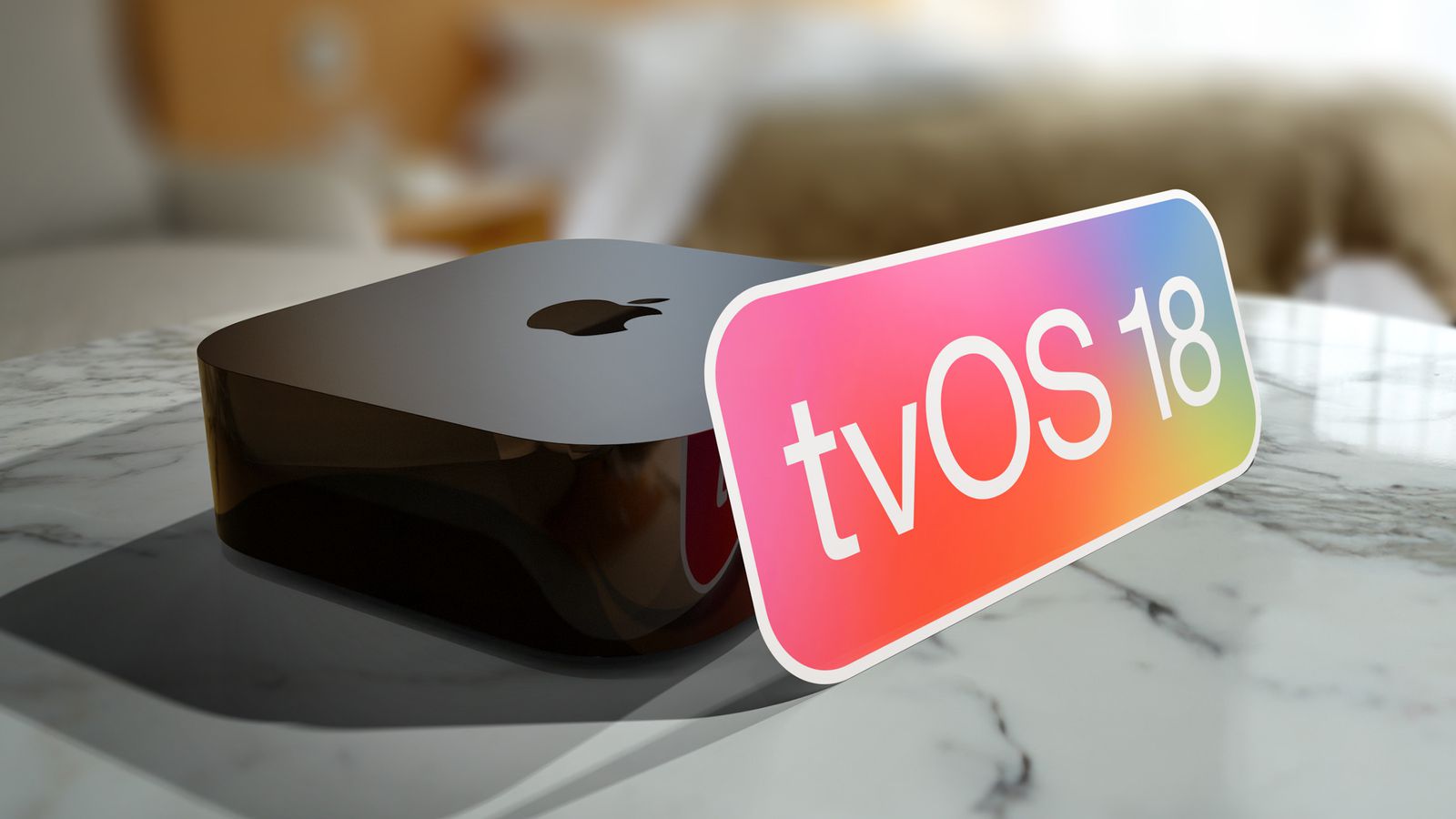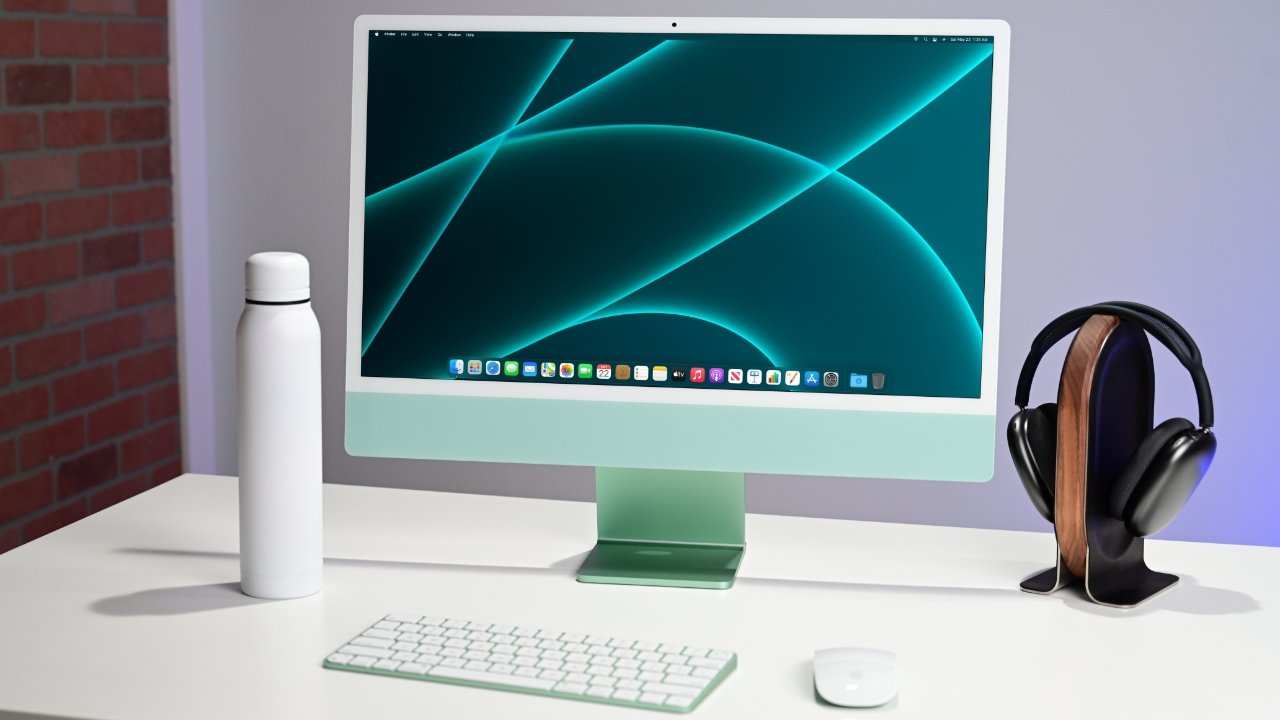The latest tvOS 18.4 beta update has dropped some exciting clues about Apple’s upcoming smart home hub. People at MacRumors spotted something called the ChatKit framework in the tvOS code. This is interesting because neither Apple TV nor HomePod has a Messages app right now.
The ChatKit feature in tvOS 18.4 brings things like reactions and alerts for iMessage tapbacks—think “John didn’t like this” or “Sara added a heart.” These don’t make sense for Apple TV or HomePod, which both use tvOS. But the new smart home hub, also running on tvOS, might use them.
This “command center” Apple is working on could come with built-in apps, and Messages might be one of them. Since tvOS and iOS share some code, this ChatKit addition could just be a carryover from iOS. Still, it’s new to tvOS with this beta, so it’s worth paying attention to.
Apple’s smart home device will be a control center for your connected gadgets. Beyond that, it’ll handle video calls, photo viewing, web browsing, music, news, and more. Picture a tiny iPad—just six inches wide—with a sleek, all-screen look. You could place it on a table or hang it on a wall, and it might pop up in multiple spots around your home. It’ll also have sensors to check the room’s temperature or notice when someone’s nearby.
There’s no set launch date yet, but rumors point to sometime between April and September 2025. This little gadget could be a game-changer for Apple fans who want a smarter, more connected home. For now, the tvOS 18.4 beta is keeping us guessing about what’s next!





